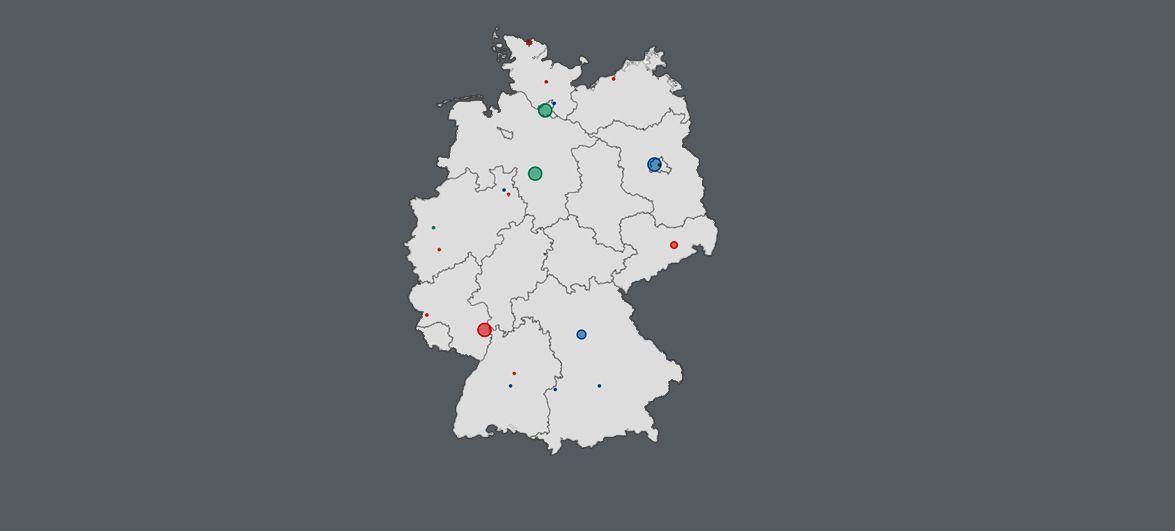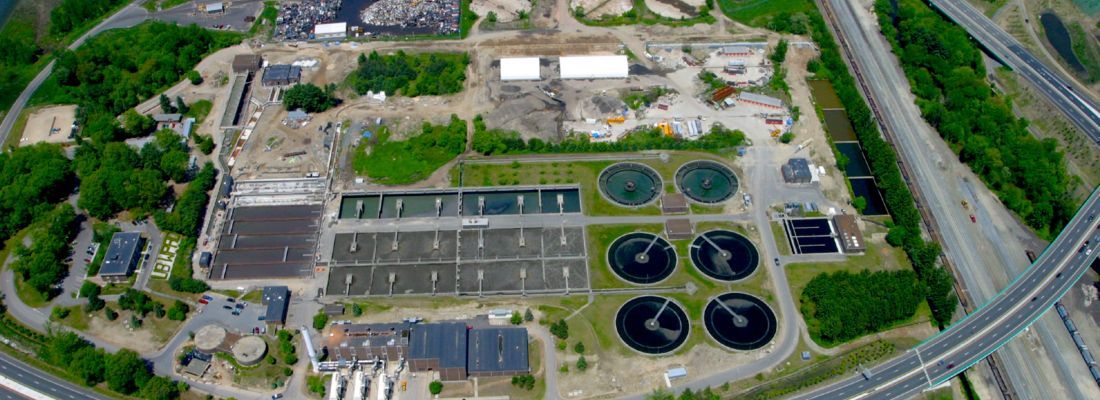Data Centers & Sewer Thermal Energy: Turning Sewers into Climate Allies
What a Sewer Heat Powered Data Center Future Could Look Like
One of the most underappreciated opportunities lies literally beneath our feet - the thermal capacity of the water in sewers. By pairing high-density, energy-hungry data centers with the untapped thermal potential of sewer systems, we can reimagine urban heat systems, reduce emissions, and turn waste into utility.
Integrating data centers with sewer thermal systems promises multiple wins: lower energy costs, lower carbon emissions, and smarter urban thermal infrastructure. The exponential growth of artificial intelligence, cloud services, and edge infrastructure is driving data centers to consume ever more electricity. As those loads climb, cooling management becomes even more critical and increasingly expensive - not just operationally but environmentally.
STEN positions sewer thermal energy as a form of energy recycling, tapping into waste streams to supply heating or cooling. This is a sustainable activity, reducing the amount of primary energy expenditure and therefore reduces greenhouse gas emissions while achieving the heating and cooling needed within the built environment. The convergence of high heat output from server racks and consistent flow in sewers offers a unique synergy.
How Sewer Thermal Energy Works
To understand the marriage of data centers + sewers, it's useful to review how sewer heat recovery is typically structured:
- Continuous Flow: Sewer systems are a reliable, continuous, reasonably temperature-stable source of thermal energy - both warmer than the air in the winter, and cooler than the air in the summer. This paradigm is referred to as Sewage Thermal Energy Utilization (STEU).
- Heat Extraction: A heat exchanger interfaces with the wastewater stream in the sewer, capturing thermal energy from the fluid.
- Heat Pump Upgrade: Because the temperature from sewage is relatively low grade, a heat pump is used to ratchet the thermal energy to useful levels for heating or for cooling.
- Distribution & Reuse: The upgraded heat can be supplied to buildings for space heat or hot water, district heating systems, or reused for cooling in the summer.
Why Data Centers Are Good Partners for Sewer Thermal Systems
Here are some reasons why data centers and sewer heat make strategic sense together:
- High Heat Density + Continuous Operation - Data centers produce steady, continuous waste heat. This thermal surplus is often viewed as a liability requiring large cooling plants, but in a sewer-coupled model, it becomes a resource.
- Proximity Synergy - Data centers are often located near urban infrastructure including sewer lines. If the sewer network already exists nearby, the distance between the data center and heat exchange point can be minimized.
- Seasonal Complementarity - In colder months, the sewer’s warmer than air temperature can supplement heating demand. In warmer months, the sewer can absorb waste heat, alleviating the burden on cooling systems. While both the sewer and the data center can be supply nodes for a distributed energy system with sewers offering a modulation effect.
- Emissions & Cost Reductions - By tapping an existing thermal resource, the net energy required (and thus emissions) for heating and cooling can be reduced. A well-designed reuse scheme can improve a data center’s overall efficiency, reducing system costs and emissions relative to conventional data centers. Recycled heat is a benefit to society.
- Economic Value for Both Stakeholders - Sewer utilities or municipalities can monetize their thermal resource. Data center operators can reduce operational costs while a third party such as a municipality, can sell the surplus. Most likely through a district energy system which allows great access to this common good. This makes the economic potential of wastewater heat recovery a key driver for all participants.
Vision: A Sewer Heat Powered Data Center Integration
Here’s a conceptual pathway for how this integration might roll out in urban settings:
- Heat Potential Mapping: Using GIS and sewer flow data, map sewer segments for their thermal potential and identify heat opportunity zones. Members of STEN already do this work.
- Site Pairing: Place or retrofit data centers in proximity to promising sewer segments ideally located or within short piping distance.
- Hybrid Heat System Design: Combine sewer heat exchange + heat pumps + thermal storage + distribution to cooling and heating loads.
- Heat Integration: Use recovered heat to serve building heating, hot water, cooling refrigeration loads, or neighboring district heating systems.
- Feedback / Load Flexibility: In times of low computing load, reduce heat extraction; in times of peak, maximize. The data center could even coordinate with the energy grid for flexible cooling and heat swapping as part of a smart ecosystem.
- Scaling & Multiplier Effects: As multiple data centers, buildings, and utilities interconnect, the sewer network becomes an integrated thermal backbone for urban climate systems.
Practical Challenges
No solution is without headwinds. A general review of waste heat recovery in data centers highlights that these barriers are not insurmountable, but adoption is still early. One of the main challenges in implementing data center + sewer thermal systems is the capital cost and financing. Upfront investments in heat exchangers, pumps, piping, and controls can be a lot and the payback period needs to justify it. Another challenge includes the regulatory and institutional barriers. Water/sewer utilities and data center operators often belong to different regulatory domains. Coordinating incentives, cost sharing, and responsibilities can be complex.
Alignment of Recent Trends & Market Pressure
The explosive growth in AI and computational demand has data centers under pressure not just to expand capacity, but to do so sustainably or be at risk of regulatory, reputational, and cost constraints. Meanwhile, policy regimes in many jurisdictions are beginning to require that new data centers evaluate heat reuse potential or justify rejecting waste heat.
As data centers proliferate into more urban and distributed locations, aligning them with local thermal systems becomes more feasible and attractive. Sewer-based thermal recovery presents an especially appealing path because it leverages existing infrastructure in the city’s sewers rather than building entirely new geothermal systems.
From Waste to Resource - A Path Worth Pursuing
The proposition is elegant . . . instead of fighting heat, data centers should embrace it and turn it into value.
Sewer thermal energy offers a grounded, real-world means to do exactly that. While some institutional and financial hurdles remain, the alignment of trends makes this a moment ripe for experimentation and deployment. As the number of pioneering data centers partnering with sewer utilities grows, and proves the economics showing the reliability, this model could scale rapidly - turning lots of what we now consider “waste” into a core building block of sustainable urban thermal systems.
Sewer Thermal Energy Network - A Rare Combination of Expertise
The Sewer Thermal Energy Network (STEN) has been established to provide advocacy, education, information dissemination, capacity building, and networking opportunities for cities, municipalities, and wastewater utilities as well as other interested entities. Discover the potential of unused resources with the utilization of freely available heat contained within a sewer system for heating and cooling of the built environment, from a single building to a whole district. STEN is a
membership class organization with various levels of participation and benefit. It is made up of member cities and the professionals that serve them.
We invite you to send a message to begin a conversation that will give you the answers you need...


